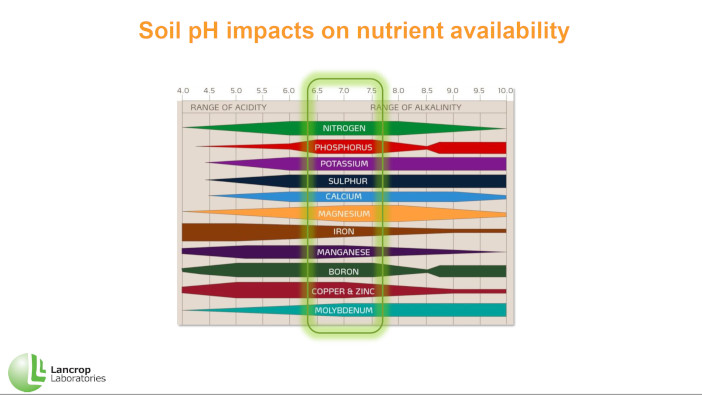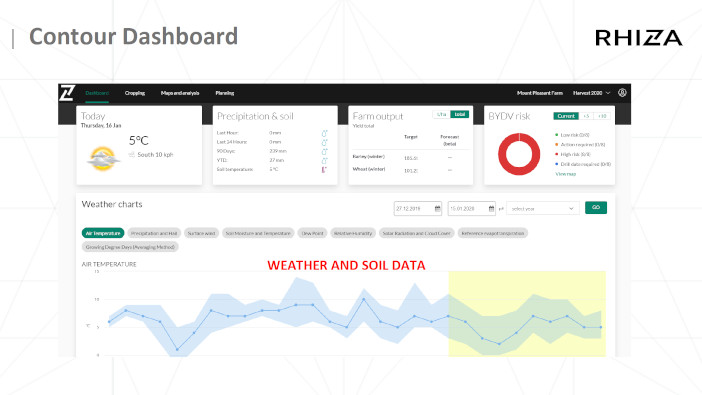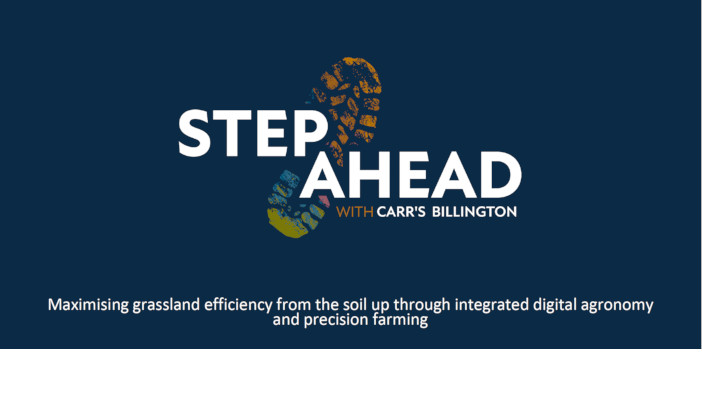Carr’s Billington is encouraging all farmers, on any farm needing to maximise their grassland efficiency, to review the role that integrated digital agronomy and precision farming methods could play.
In a recent webinar, Carr’s Billington presented their ‘Step Ahead’ campaign, which focuses on maximising grassland efficiency from the soil up, with the support of soil analysis and precision mapping technology – ‘a highly valuable and long-term investment with significant returns for farmers’.
Jim McRobert, the technical manager at Carr’s Billington, described these technologies as ‘just some of the tools in our armoury’. Continuing, “it’s not an easy time for farmers, however, if you can focus on one thing, I’d strongly recommend it be to look at how you could improve soil health. From this, the benefits will come.”
Soil analysis
During the online event, the importance of soil analysis in improving nutrient use efficiency and reducing fertiliser losses was expressed; Lancrop Laboratories’ business development manager, Hannah Shirt, discussed how soil analysis can help farmers with their soil nutrient content and fertiliser losses.
“A low soil pH will significantly reduce the nitrogen, phosphorous and potassium availability to grass, potentially leading to the over-application of fertiliser and poor yields. But, if soil pH is raised from 5.5 to 6, or 6.5, using lime for example, around 30 to 40% more nitrogen is typically made available for plants.”

“With reduced losses and increased nutrient use efficiency, this could deliver the equivalent fertiliser cost savings of up to a third, which in today’s market is significant. If farmers aren’t routinely conducting soil analysis, this insight can be very hard to realise, and this year particularly, farmers could be missing a trick,” added Ms Shirt.
She also noted that tissue analysis may not be so useful for livestock farming, however, it can be used to look for soil antagonists such as potash. Plus, in order to keep up with newly emerging legislation, soil analysis techniques will allow the industry ‘to get ahead’.
‘Getting ahead’ is also critical with the new Sustainable Farming Incentives (SFI), as these will require farms to provide soil analyses and organic mapping levels. As Robert Bowes, account manager for RHIZA, reminded us that SFI will “want farmers to dig in and have a good look at their soil samples.”
Precision mapping
Mr Bowes then spoke at the online event about how RHIZA supplies precision mapping, using soil analysis results, soil health indicators, weather trends and business data to further improve grassland efficiency and yields.
Using RHIZA’s precision mapping, via the Contour app, farmers will be better supported in their planning for when to plant or cut their arable crops or silage. The app receives data from 360 weather stations across the UK, plus satellite imagery, electrical conductivity soil scans and historic soil analyses (which can be uploaded to the system), to provide detailed on-farm soil insights.

“The crux of our Contour platform is that it can observe field performance. By pooling data on soil analysis, weather, satellite imagery and many other areas, it’s possible to build a profile of performance indicators on a field-by-field basis,” Mr Bowes said.
“It’s this insight which helps inform practices, such as variable rate spreading and section control at application, to drive efficiencies.”
Additionally, technology such as the Contour app will also allow the share of data on farms between all members of its workforce, past, present and future. With that, Dale Shaw, Carr’s Billington machinery sales manager, added that with this technology “we see the opportunity to make the data as accessible as possible for our customers.”
According to Mr Shaw, this data share opportunity will also fill a gap in an industry that already ‘needs to get better with where data is held’.
Costs
At the webinar’s close, questions came in regarding the total cost of soil analysis and precision mapping technology on farms.
Answers from the speakers all circulated around the fact that, in most cases, the return on investment will be in the soil health (which is difficult to put a monetary value on); while it was noted that the money saved on the improvements made to yields, or on previously wasteful fertiliser applications, will cover the set up costs.
Though Mr Bowes, of RHIZA, roughly estimated that a set up cost can range from ‘£5 per hectare up to £25-30 per hectare’.
Mr McRoberts also highlighted that with the analysis and mapping technology, farmers may be able to get more of a handle on their soil’s carbon matter, to better use and understand carbon credits.


